“No podemos ser un muro en la frontera, sino la fisura de ese muro”, dice la politóloga india Nivedita Menon. En esta idea y en la influencia del colonialismo ahonda en su libro ‘Ver como feminista’, recién traducido al español.
En 1985, una mujer musulmana llamada Shah Bano reclamó la manutención a su exmarido ante el Tribunal Supremo de India. Tenía de su lado la legislación nacional, más precisamente el artículo 125 del Código de Procedimiento Penal, mientras el esposo se amparaba en la ley religiosa personal para no pagar más allá de los tres primeros meses tras el divorcio. La sentencia determinó que no había incompatibilidad entre la sharia y el artículo 125.
En las calles, la controversia social aumentó, con manifestantes en uno y otro sentido, hasta que el Gobierno de Rajiv Gandhi anuló la sentencia judicial y decretó que las mujeres divorciadas musulmanas quedaban excluidas del derecho a la cuota de manutención, por la llamada Muslim Women Act (el acta de la protección de los derechos sobre el divorcio), de 1986. El debate sobre un código civil uniforme dejaba expuesta una tensión ya presente en la Constitución entre los derechos de las mujeres como ciudadanas y las normas que las englobaban en el ámbito de las leyes comunitarias. Así lo explica la catedrática india Nivedita Menon en su libro Ver como feminista (en la colección El origen del mundo, de Consonni), publicado recientemente en español con traducción de Tamara Tenembaum.
En seis capítulos, Menon compila una serie de historias que dan contexto y perspectiva al recorrido por los asuntos del feminismo. En este caso, desde la sentencia Bano, el debate sobre el código civil común “rara vez ha resurgido en el discurso público como un tema feminista”, explica, aunque las que casi siempre salen peor paradas de este “apaciguamiento de las minorías” en temas de herencia, matrimonio y custodia son, justamente, las mujeres y las niñas. De hecho, el debate jurídico, “de modo invariable ha tendido a plantearse en términos de integridad nacional frente a los derechos culturales de las comunidades”, afirma. De ahí que su cometido sea mirar (y mostrarnos) con ojos feministas los grandes temas del mundo y los particularísimos asuntos de una sociedad tan compleja como la india.
Profunda, a la vez que ligera y didáctica, la autora india ofrece 200 páginas que van haciendo grieta en el muro de lo mil veces dicho, con nuevos puntos de vista en torno a los debates feministas que aquí nos embargan. En él se incluyen la consideración de las mujeres de la raya al medio (las casadas) de Calcuta, la de las viudas estigmatizadas como prostitutas entre los hindúes bengalíes, la apropiación militante de los insultos sexistas (como las marchas de las “putas” de Delhi y Bophal) o la campaña de protesta de las dos mil bragas (chaddis) rosas enviadas al líder ultraconservador Ram Sene. Y también reflexiones inesperadas sobre los hombres lactantes, los debates y las prácticas de la intersexualidad, la castración ritual, y la letra ‘E’ aceptada en el pasaporte indio para designar el sexo, junto a la experiencia trans de las hijras –el tercer género indio– o cómo se vincula la heteronormatividad en la formación de una nación. Y todo ello sin esquivar cuestiones que no tienen aún solución en el mundo occidental, como las increíbles (y defectuosas) pruebas de verificación de género en el deporte, la pornografía y la violencia sexual.
Otro de los puntos axiales en su libro es advertir cuánto influyó el colonialismo en la imposición de respuestas de la modernidad occidental a cuestiones de sexo y género que no existían en las comunidades del sur de Asia y África, como pueden ser la idea de que “la naturaleza existe de forma separada de los seres humanos; la concepción de los cuerpos como pertenecientes por completo y de manera natural a un sexo o el otro; la idea de que el hermafroditismo es una enfermedad, y el concepto de que el deseo fluye naturalmente sólo entre sexos opuestos”.
La familia como institución tiene por función perpetuar formas patrilineales de propiedad y descendencia, en las que la propiedad y el apellido de la familia fluyen de los padres a los hijos varones
Nivedita Menon, que trabaja como profesora de Pensamiento Político en la Universidad Yawaharlal Nehru, en Delhi, ha escrito otros libros sobre feminismo y sexualidad, es traductora del hindi y el malayo al inglés, además de una activa participante de movimientos ciudadanos en India y fundadora de la plataforma colectiva Kafila online. Ver como feminista se publicó en inglés en 2012, el fatídico año en que se produjo la violación múltiple y el asesinato de una mujer en un autobús en Delhi, conocido como el caso Nirbhaya.
El título que eligió para la que fue su primera publicación no académica parafrasea al libro Seeing like a state del profesor de Yale, James C. Scott, en el que éste examina los fallos autoritarios de las políticas públicas. Menon también analiza, de manera amena pero profunda, los “modos generizados de poder” o las políticas institucionales y los procesos sociales en los que el género resulta subestimado como variable en la India contemporánea, que es también el mundo contemporáneo. “En este libro me baso en investigaciones y activismos feministas que pertenecen a mi parte del mundo para entablar conversaciones con debates y experiencias feministas de ámbito global”, señala. De esta reflexión se desprende, a su juicio, que los compromisos con otros feminismos sean inevitables.
Una causa que solo puede ser colectiva
“El feminismo nunca puede identificarse con los logros aislados de mujeres aisladas”, asegura la pensadora, que asume que su función no es estabilizar sino “desestabilizar”. La figura que dibuja esta noción se halla en el poema en indostánico de Kamla Bhasin, que cita: No soy el muro que se yergue en la frontera, soy la fisura en ese muro.
“Cuanto más entendemos, más se mueven nuestros horizontes”, escribe Menon, que con esta frase parece advertir que no se ahorrará complicaciones a la hora de abordar cualquier asunto, por espinoso que resulte. Así, arranca con el apartado de la familia, que en la India no solo involucra a esta unidad de “vigilancia” de la “sexualidad legítima, orientada a la procreación”, sino también a lo que concierne al nombre y la dote y, especialmente, a las violencias desatadas contra los que se atreven al amor entre castas o con la religión incorrecta (los llamados crímenes de honor). En este terreno, la Ley de Reconocimiento de castas y tribus (para la prevención de atrocidades) de 1989 atiende lo relativo a la violencia sexual habitual que sufren las mujeres de las comunidades indígenas dalit y adivasi, derivada del orden de castas del hinduismo, según explica la politóloga. Por lo demás, la familia como institución tiene por función “perpetuar formas patrilineales de propiedad y descendencia, en las que la propiedad y el apellido de la familia fluyen de los padres a los hijos varones”, añade.
Dentro de este mismo capítulo, incluye a las empleadas domésticas, y no precisamente porque en su país formen parte del núcleo afectivo, sino más bien por todo lo contrario. Algo que pareció constatar la primera encuesta nacional de la India dirigida a trabajadoras sexuales no sindicalizadas: “el 71% de ellas afirmó haberse cambiado voluntariamente al trabajo sexual tras probar otros tipos de trabajo más esforzados y peor pagados; la categoría mayoritaria entre estos empleos previos era la de trabajadoras domésticas”. La autora remata: “aquí el trabajo contiene los peores aspectos del feudalismo y el capitalismo”.
Desmontando el género como categoría universal
Tras la familia, vienen el cuerpo y el deseo, con un punto de vista que nos obliga a relativizar todas las categorías grabadas en piedra en Occidente. “¿Fue el eje sexo/género un criterio universalmente relevante de diferenciación social? Es decir: ¿todas las sociedades en toda época y todo lugar establecieron diferencias entre varones y mujeres sostenidas en cuerpos estables?”, se pregunta Menon. Para responder a estas cuestiones, ella ausculta los corazones de otras latitudes, citando a la académica nigeriana Oyeronke Oyewumi, que arguye que los antropólogos occidentales –incluidas las antropólogas feministas– han tenido dificultades para entender la sociedad africana en sus propios términos, de acuerdo con la conceptualización de los yorubas u otras culturas precoloniales, “porque supusieron que las identidades y jerarquías de género eran universales: ‘si el investigador supone el género, entonces encontrará categorías de género, tanto si existen como si no’”.
El feminismo no va de un momento de triunfo final, sino de una transformación gradual el campo social tan decisiva que las antiguas demarcaciones cambien para siempre
Estos supuestos particulares de Occidente –como el azul/niño y rosa/niña– fueron erróneamente atribuidos a sociedades para las que jamás tuvieron el mismo significado. Así, entre los igbo, en épocas precoloniales, las hijas podían “asumir papeles masculinos y convertirse en hijos, y las mujeres ricas podían obtener esposas”. En las culturas amerindias, por su parte, había gente llamada dos-espíritus, aludiendo a personas especiales que ostentaban al mismo tiempo un alma femenina y una masculina y que, “muchas veces, eran las consideradas las visionarias, las sanadoras”. Asimismo, los poetas místicos del movimiento bhakti de la India, en la región del pueblo tamil, “experimentaban una suerte de deseo de Dios que viaja a través del cuerpo y lo reconfigura”. Y esta misma flexibilidad de género de otras sociedades premodernas podría aplicarse al criterio de la edad cronológica de las personas, cuando hay sociedades en las que “la edad siempre es relativa y sensible al contexto”, porque se basa en otras interrelaciones. “Los investigadores occidentales tienden a privilegiar las identidades fundadas en el cuerpo”, sostiene Menon.
La profesora india desgrana las mil y una razones para considerar que lo que se entiende por masculinidad y femineidad varía en diferentes culturas, reafirmándose en que “el sexo es a la naturaleza lo que el género es a la cultura”. Del mismo modo, pone en cuestión expresiones como “empoderamiento de las mujeres” –tan presente en las campañas de las autoridades– frente a “feminismo”, porque “el feminismo no va de un momento de triunfo final, sino de una transformación gradual el campo social tan decisiva que las antiguas demarcaciones cambien para siempre”.
El feminismo no solo puede ser adoptado por las mujeres, toda vez que se trata de una potente perspectiva política para examinar todos los órdenes del mundo, así como una forma de vida por la que se va “formateando” todo lo que sucede bajo una superficie social aparentemente pulida. El feminismo, según Nivedita Menon, es lo que “sigue viniendo”.
Fuente: https://elpais.com/planeta-futuro/2021-01-17/castas-eunucos-y-bragas-rosas-para-pensar-el-feminismo.html
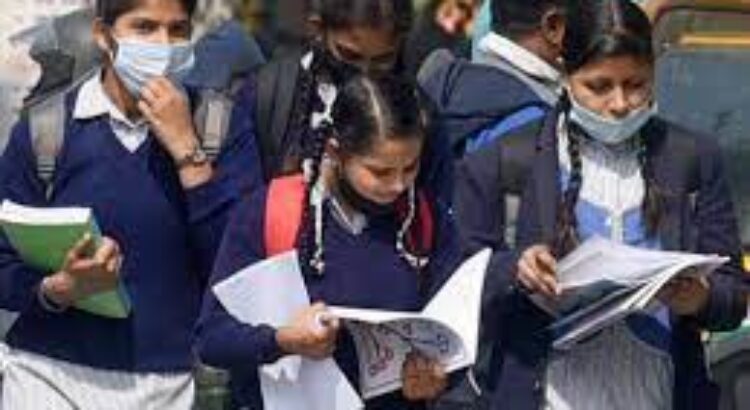

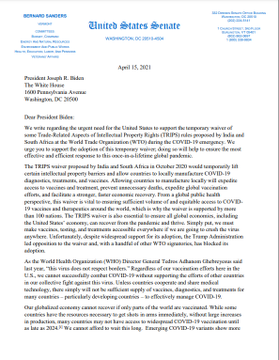



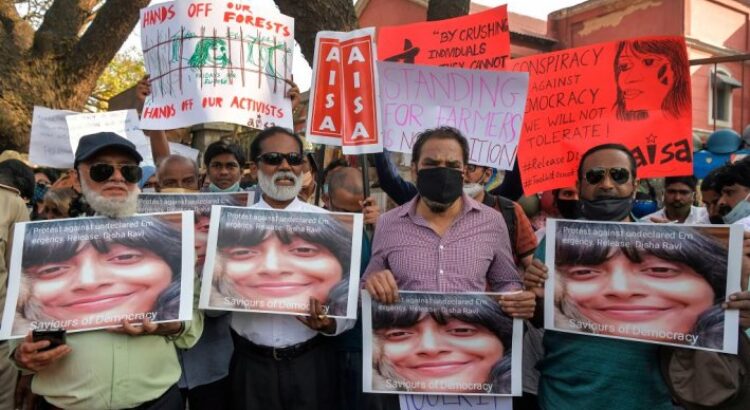
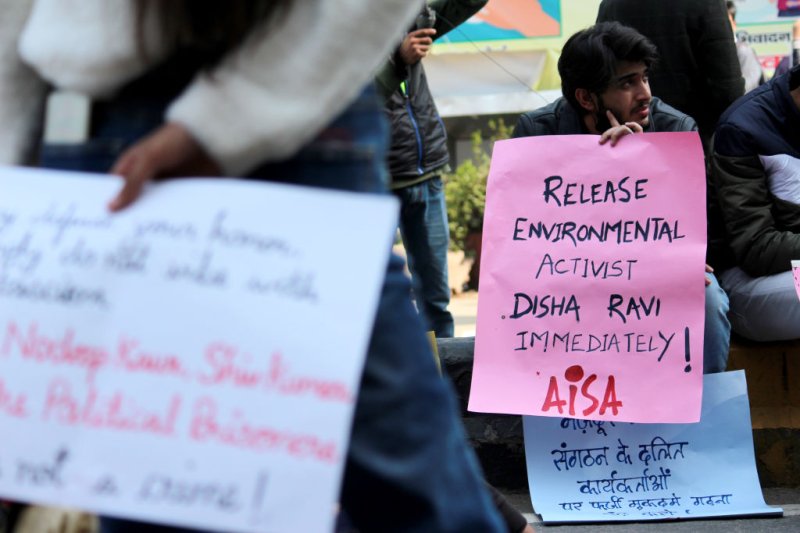

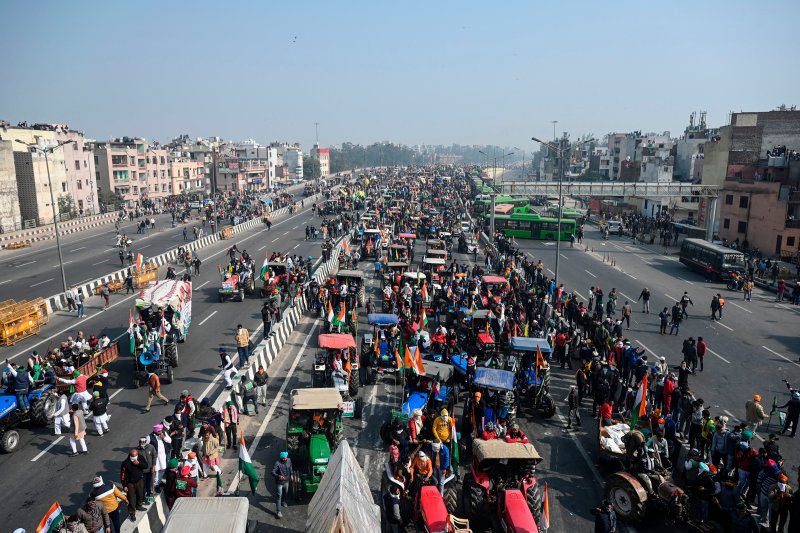

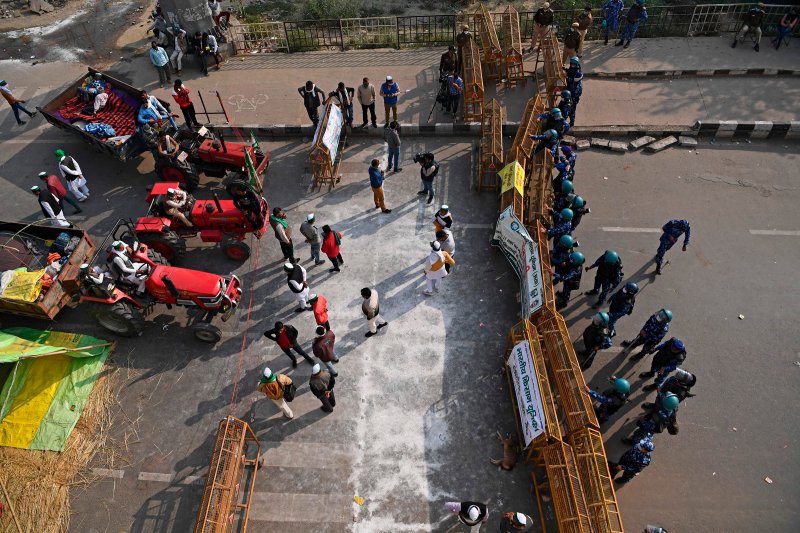
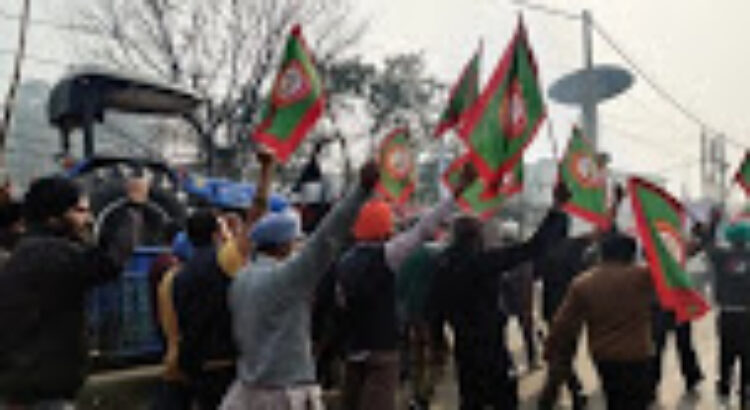






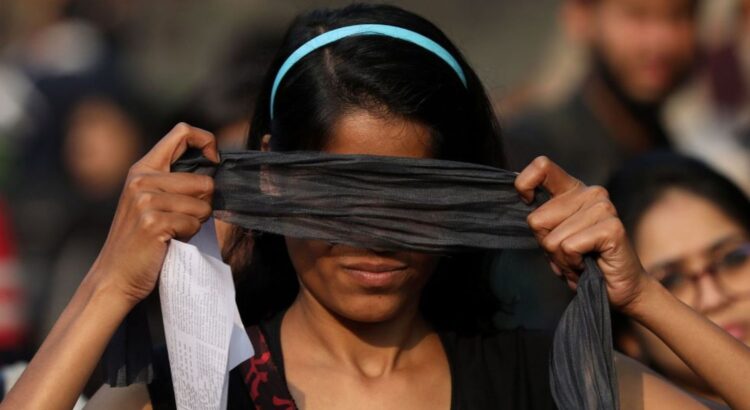
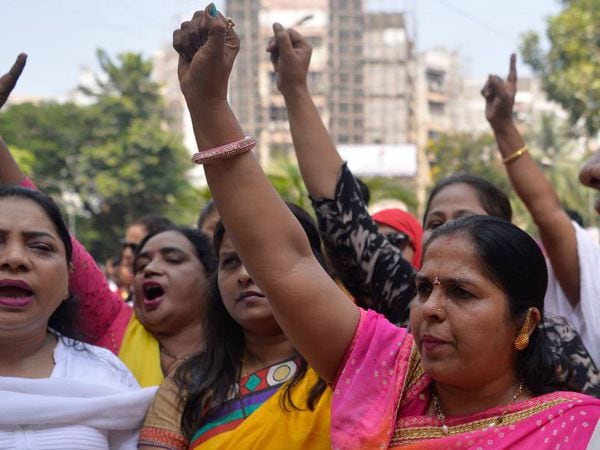








 Users Today : 20
Users Today : 20 Total Users : 35460283
Total Users : 35460283 Views Today : 25
Views Today : 25 Total views : 3418993
Total views : 3418993